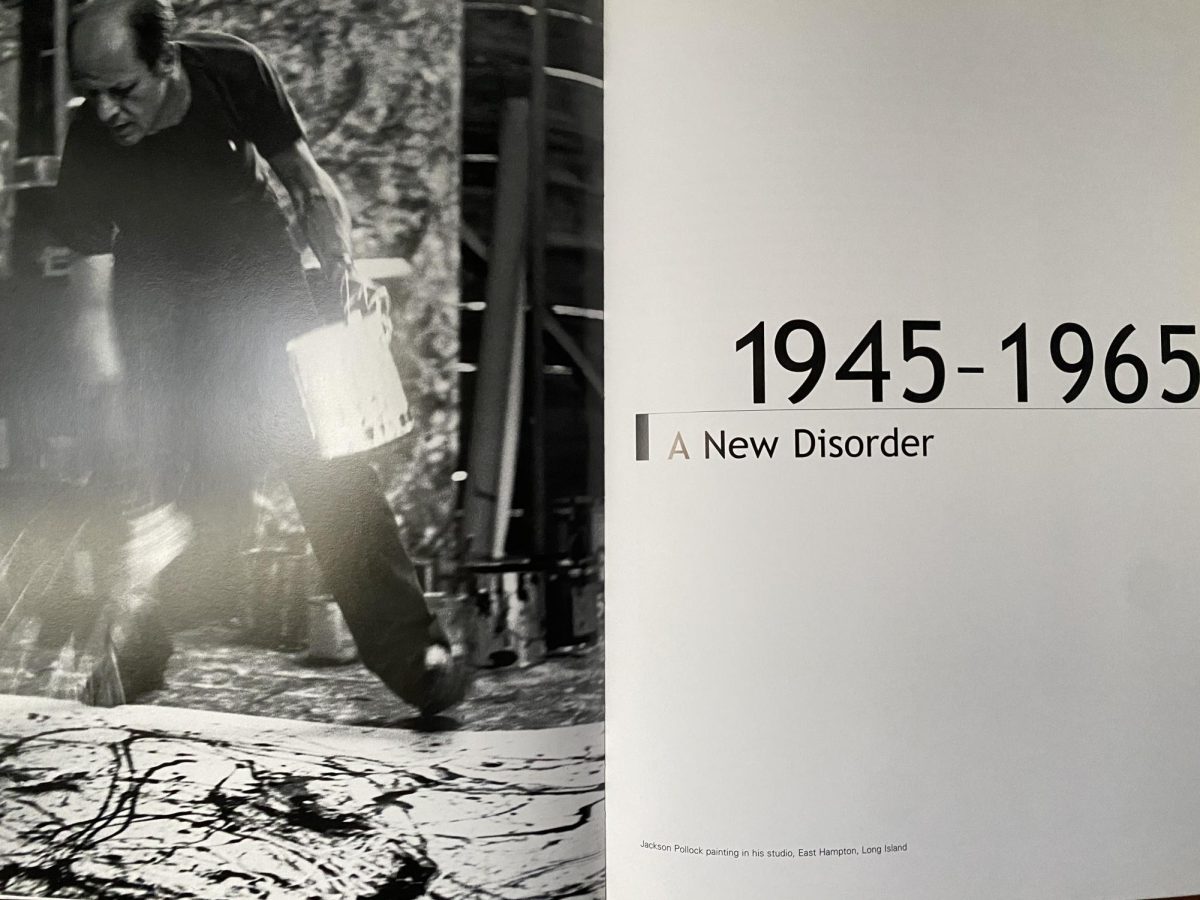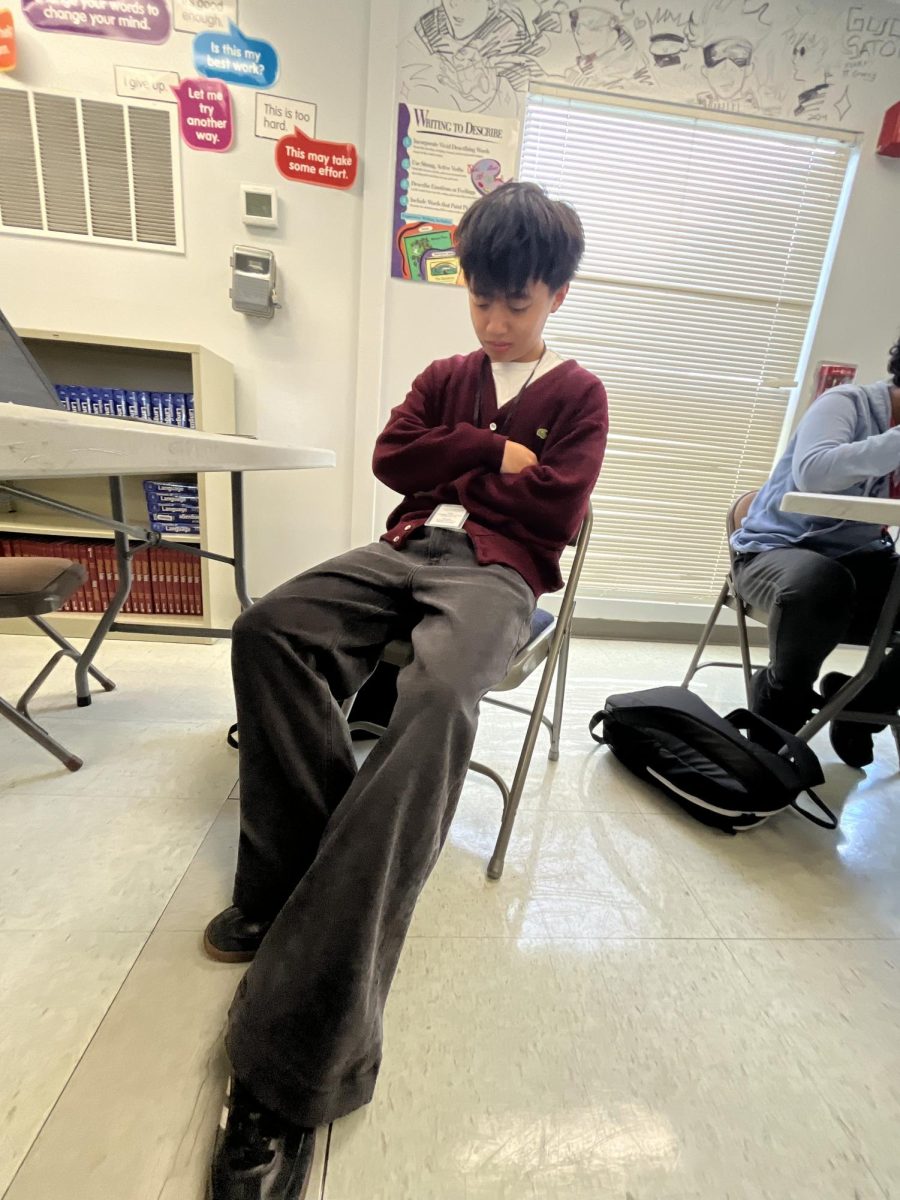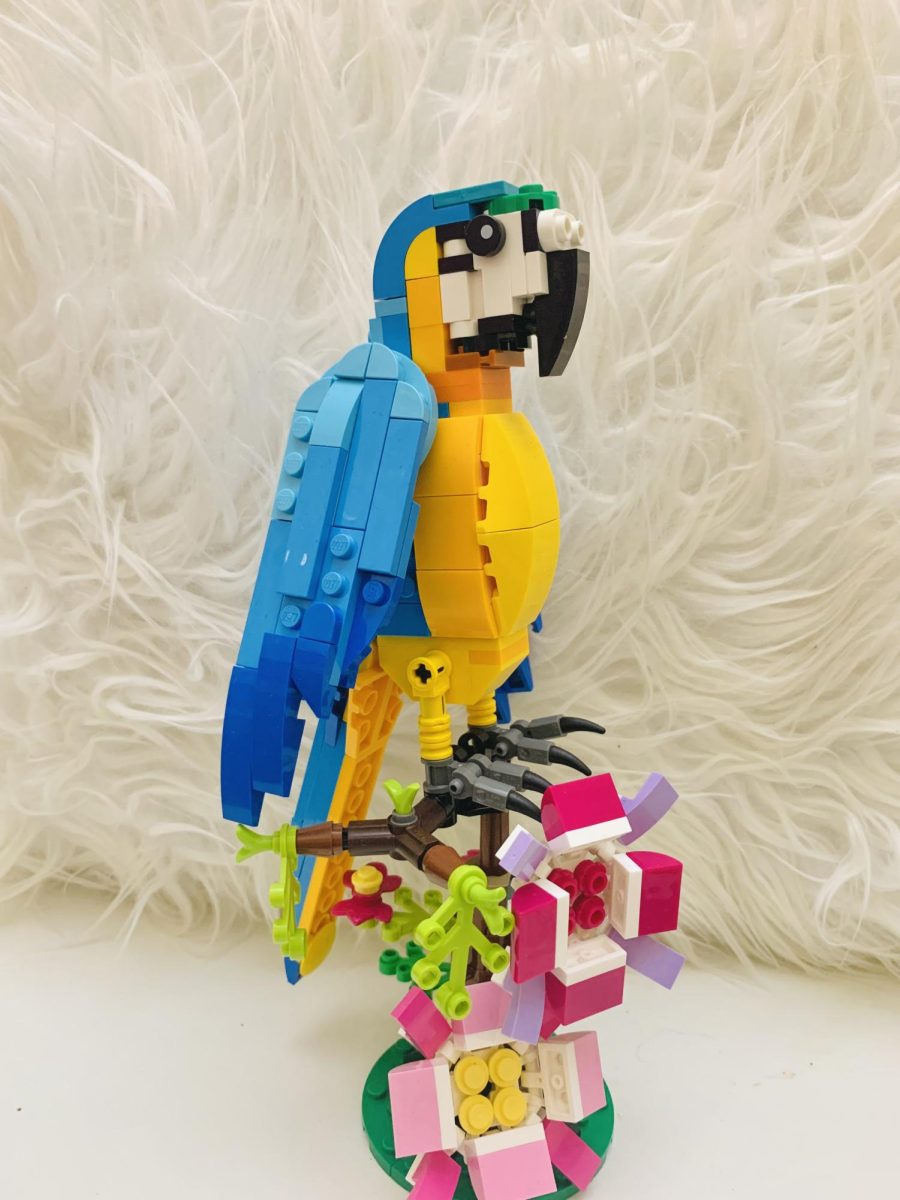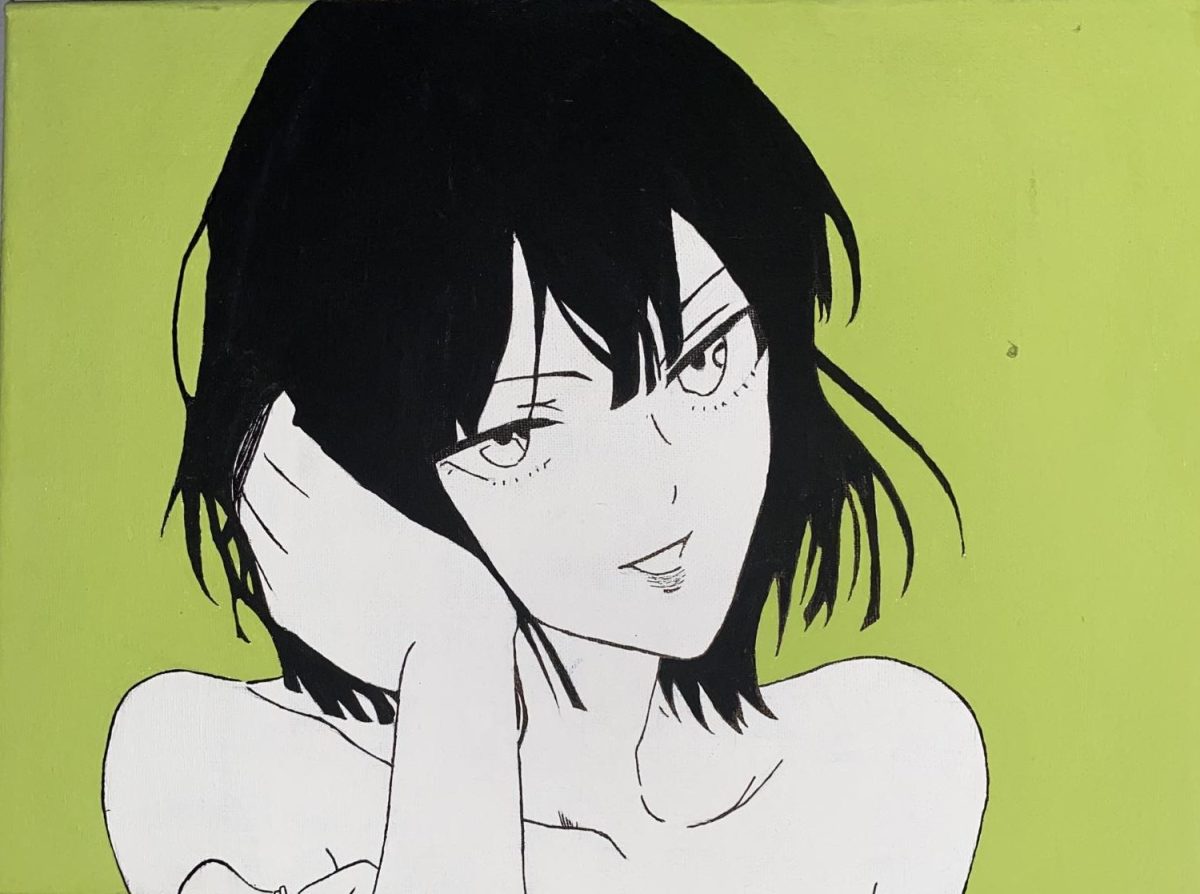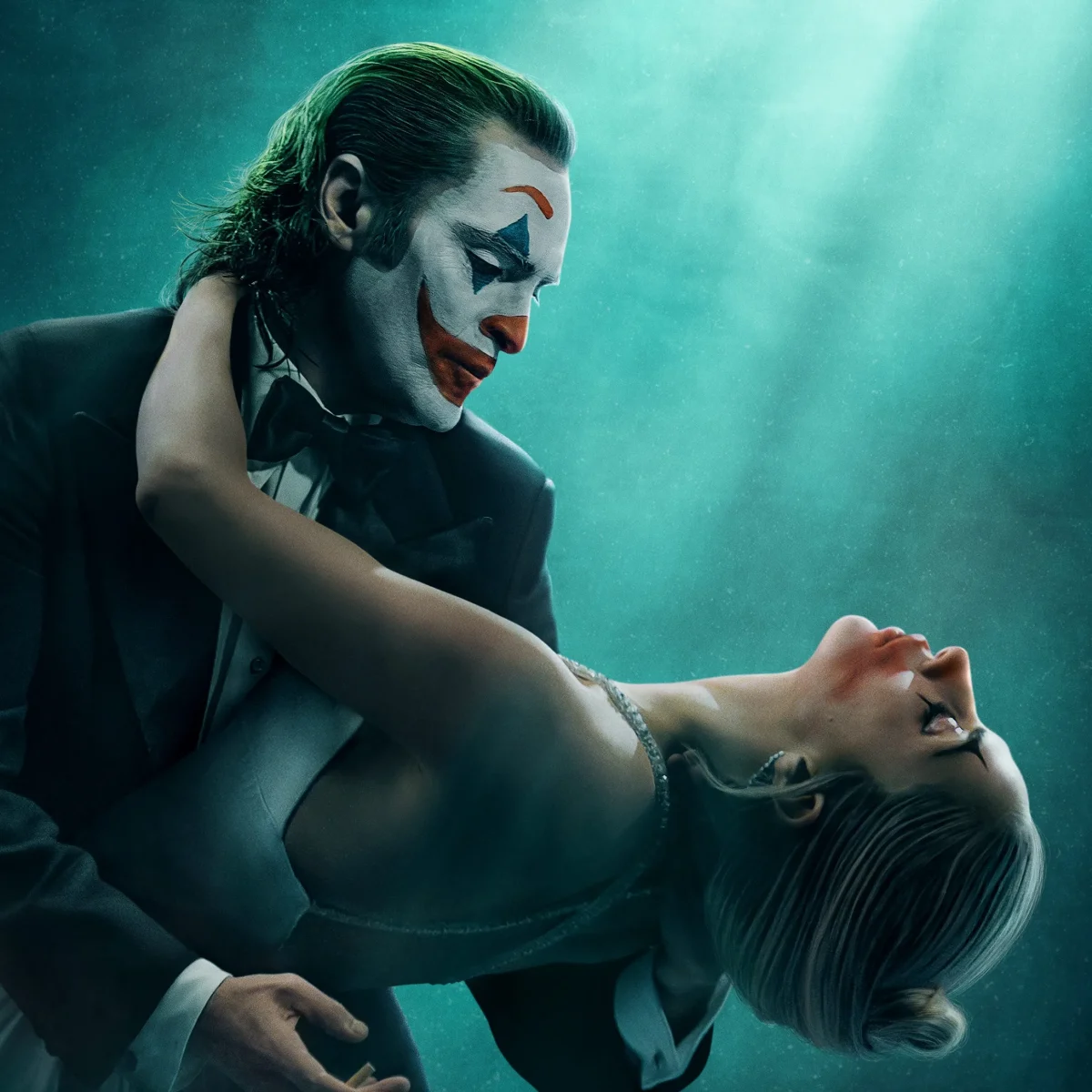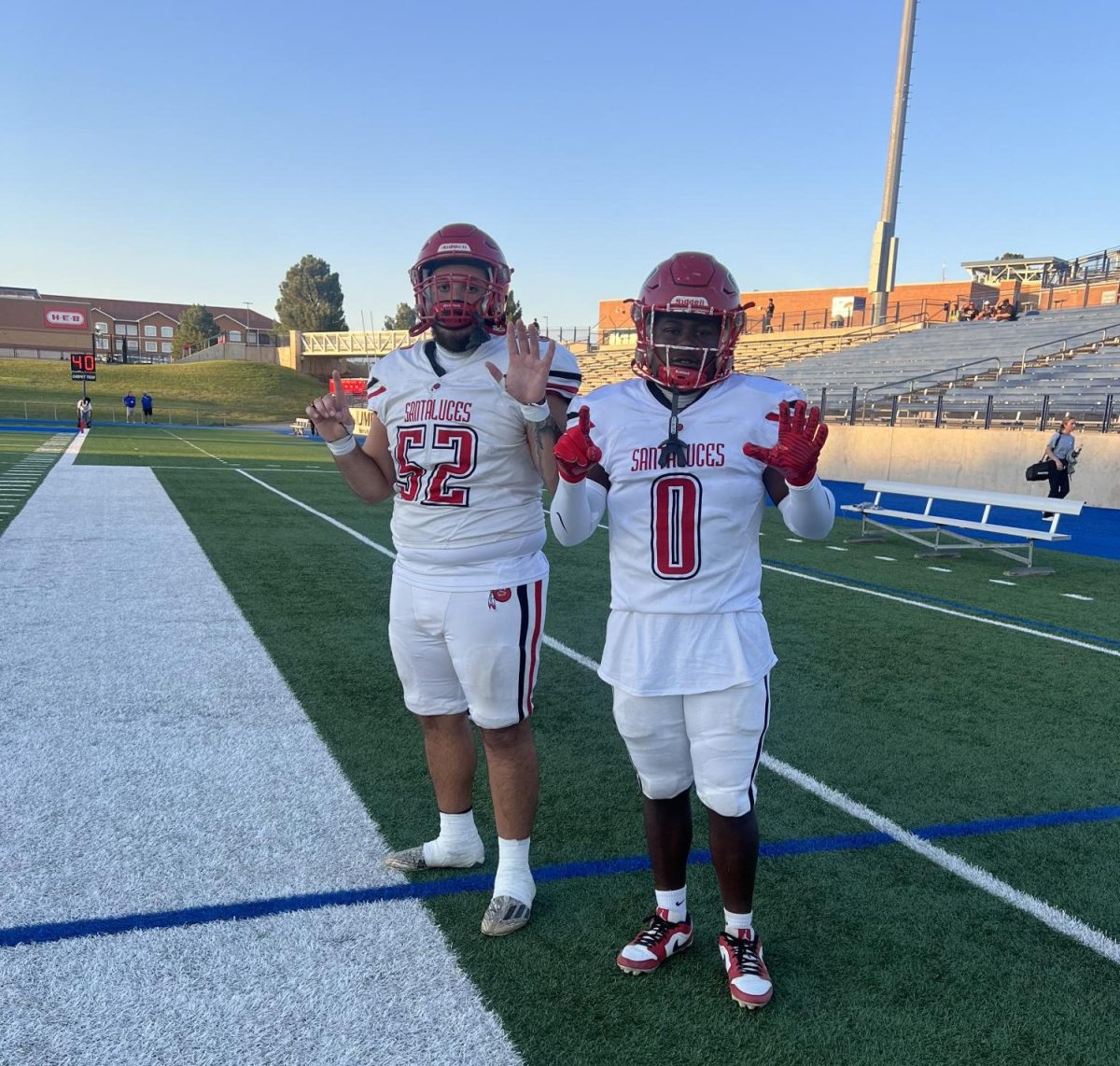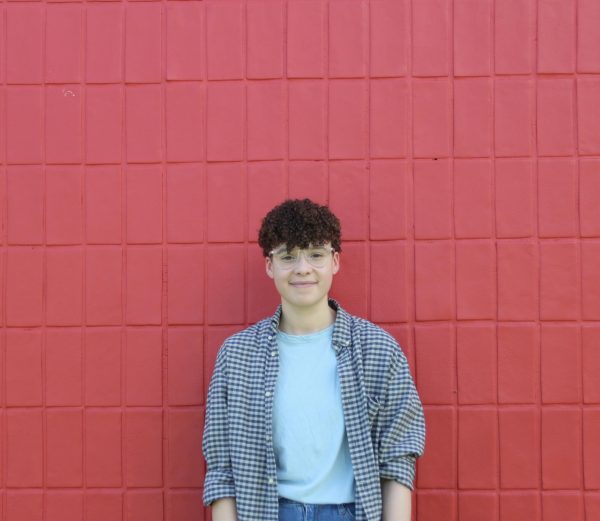Jackson Pollock, the American Pioneer of Abstract Expressionism, was born in Northern Wyoming on January 28, 1912. His life was full of struggle and pain that eventually led to an early death in 1956 in a drunk driving accident. At the core of his work, there is an element of risk and fearlessness that will have him remembered for decades to come. Part of Pollock’s significance is his experimental techniques. He became involved in painting in a way that almost parallels performance art. Movement and liveliness were a paramount method in his “pouring period” as Britannica calls it. He added a liveliness to art that was not present or like anything ever seen at the time, and as an Abstract Expressionist would not be seen again until the Neo-Expressionism movement.
There is no way to view art without bias or in a vacuum–that is to say, it cannot be viewed in a space all its own to be taken apart and understood without outside influence–but that is not necessarily a bad thing. Some will analyze such works to the umpteenth degree or accept it as it is. I will try my best to do both.
PAINTING #1
The first painting I will dissect is one of my personal favorites: Number 7 (1951). This was an artwork that broke apart his admirers because of a change in portrayal and technique. Instead of layered paints of multiple colors, he portrayed an abstract lifeform using black paint only.
TECHNICAL:
The painting has a high level of balance to it despite the dividedness of each side. The right has more visual weight, but the rhythm helps with its balance. Like I said earlier, his works have so much movement in them that helps create that specific lull. The movement of the portrait with swirls and curves in the face and figures creates contrast with the linear drips and a crosshatch on the bottom.
EMOTIONAL:
The figure on the right looks like two people to me, impossibly close trying to fuse . It could be a work about obsessive love and the minute negative space in between the sides could symbolize a before and after such an intense relationship. However, the left looks like a barren forest, teeming with death and desolation, which is another possible theme: the contrast between life and death. It also reminds me of Klimt’s “Life and Death” in the way that the side of life is just piled on top of one another trying to hold onto life with little space to breathe while death’s is sparse. I think the parallel of death coming before life is a very powerful metaphor because it’s such an integral theme to life, even before your birth death is right there following you.
PAINTING #2
Mural (1943) marks an important achievement in the artist’s career: his first commission. Peggy Guggenheim was a socialite and art collector based in New York. Her favorite movements were all trailblazing movements like Dada and Surrealism–she was also married to Surrealist painter Max Ernst at one point–because of her love for the avant-garde. She as well as her family both spoke on how little her love of art and her personal life were separated. With his largest painting ever this is the work that made him so well known among the art scene.
TECHNICAL:
Inspired by mural artist David Alfaro Siqueiros and drip painter Janet Sobel Pollock used mostly brush strokes but began his hallmark paint splashes as well. The 8-foot tall and 20-foot wide canvas was commissioned by art collector Peggy Guggenheim who was a big believer in art pioneers and supported many of them by putting on collections; her gallery Art Of This Century held a solo collection in 1943 showcasing just Pollock’s works– she then became his art dealer after both this commission and collection. Because of the scale, he was able to test out different methods of paint application over weeks as he transitioned from a purer surrealism-esque abstraction to his action painting. Alongside that, with the surrealist movement came the overall permeation of psychoanalysis.
EMOTIONAL:
I love this painting because of its suggestions; it is never clearly anything and it shows both visual and symbolic fluidity of numerous meanings. The black strokes could be a line of pedestrians with slouching posture or could be a backward bass clef, but I love it because of the historical context. Pollock had been declared medically unfit to participate in war, which World War 2 would not end for another 2 years, because of alcohol dependence–which would ultimately be his cause of death. The myth of it being done in one night plays into his erraticness that was so attractive as an artist. “He’s an eccentric genius and his eccentricities only make him better” could’ve been a viable thought at the time. The tortured artist trying to get away from “Dr. Feel Good” pushes them into their golden period, and the return to it causes their fall from grace as well. It’s possible the colors symbolize a grounded hopefulness, especially because this work was his very first commission, and to a well-known and wealthy art collector no less. It really could’ve been him proving he deserves the fame he would come to love.
PAINTING #3
The She-Wolf is a painting that was featured in a gallery curated by Peggy Guggenheim. As said earlier she was a big fan and supporter of Pollock, especially in his early career. Inspired by both Roman myth and Native American sand painting this artwork was created at the cusp of Guggenheim’s love for his futuristic works.
TECHNICAL:
MoMA says that the painting is an allusion to the Roman myth of its creators Romulus and Remus who, as abandoned children, were nursed with the milk of a she-wolf. This painting was not yet created in his “drip paint” era but still delivers on splatters and abstraction. With an alternating flowing rhythm and a contour around the form, Pollock delivers on the iconoclasm and visual symbolism that was in much of his early art. If this is the wolf from the myth then it could symbolize unconventional beginnings, like his, or a foreshadowing of the future based on prior influences, like the brutality of Remus being killed by his brother or the neo-expressionism movement and the works of artists like Jean-Michel Basquiat.
EMOTIONAL:
I believe that the ceremonial part of the Navajo sand painting spoke deeply to Pollock. In 1943 he was reaching fantastical heights in his career but his personal life was in shambles. His struggle with alcoholism and depression, as it typically does, seeped into other areas of his life. His brothers had advised him to take care of his mental health and seek out psychotherapy. This is an extremely integral part of any surrealist art path. Seeking out healing can be found in many surrealist paintings, Jung and Freud are prevalent but non-Western methods can be found as well, like in this instance. The painting is the sand and all of his ailments are put into it and yet on the canvas, it seems to be a struggle and underneath the white outline, there is a chaos of splattered paint and an arrow going through her.
Jackson Pollock will forever be remembered as one of America’s greatest painters. From his revolutionary techniques to tragic personal life, he will always be known as someone who did what no one knew they wanted, like too many artists.


